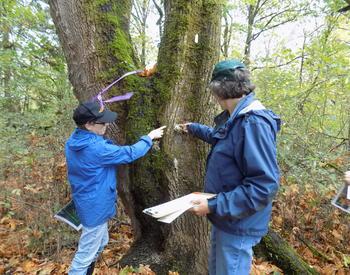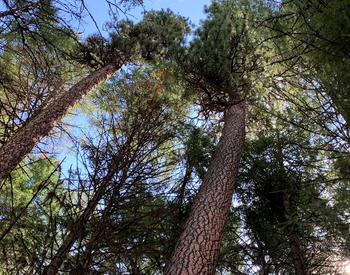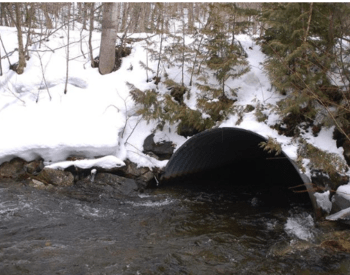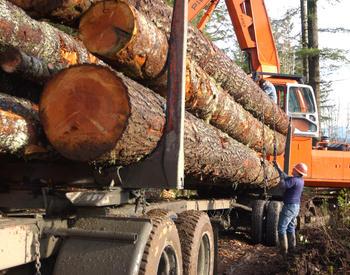Every year after the busy holiday season, western Oregon woodland owners head out, shovels and seedlings in hand, to plant the next generation of forests. The saying “green side up” implies that tree planting isn’t rocket science. But it's inevitable that come late summer, some people will return to their planting sites to find that their trees didn’t fare so well.
Weather and other uncontrollable factors cause seedling mortality, some years more than others. But, it’s also easy to unintentionally harm your trees before they even get in the ground.
So before you go to a seedling sale this year to pick up a few trees, here are some common ways to abuse seedlings and how to avoid perpetrating them.
No. 1: Heating them up
Transporting trees in the heated cab of your vehicle, leaving the seedling bags in a place that receives direct sunlight or too close to a heat source are all ways seedlings can quickly heat up and become stressed.
Consider bringing along a large cooler, some bags of ice or some other type of insulating material to the nursery or seedling sale. Once home, store the seedlings outside in deep shade or along a north wall or unheated overhang, but also not exposed to subfreezing temperatures.
No. 2: Drying them out
Exposing the roots to drying air is another no-no. This can happen if you leave the planting bag open or if you take seedlings out of their bag and carry them around the planting site without their roots protected.
Misting the roots with a spray bottle or dipping them in water when transferring them from one container to another is a good practice. Cover the roots with something moist in whatever container you are using to carry seedlings from one planting spot to the next.
To avoid both No. 1 and No. 2 above: For any seedlings that you cannot plant within a few days, another way to store them is to take them out of the bags or boxes and “heel them in”. This is a way to hold seedlings over for a few weeks. You make a “V” shaped trench, lay out the seedlings with roots on one side of the trench and cover their roots with soil, sand, or compost and keep them moist until you are able to plant them.
No. 3: Drowning them
On the other hand, don’t leave the seedlings in a bucket of water. They’re not cut flowers!
No. 4: Waiting too long
Trees undergo a pulse of root growth in the winter before bud break and shoot growth begins in the spring. If you plant too late in the season, you will have missed that root growth window and your newly planted seedling will grow lots of new foliage without enough root mass to support its water needs. Plant as soon as possible after your site is prepared and in good condition for planting.
No. 5: Neglect
If you’re relying on non-chemical weed control, you’ll want to revisit your site for the first maintenance sooner than you think, or you may not be able to find your seedlings!
Time your herbicide treatments carefully during the first year to optimize weed response and minimize damage to seedlings. Consult the forestry chapter of the PNW Weed Management Handbook for guidance.
Now, I’m expecting someone to read this article and remember the time they got behind schedule and planted the only seedlings they could get their hands on in the middle of May after they had sat neglected behind the barn for three weeks. Then they didn’t get around to spraying that year, and lo and behold, they all survived and are doing great! (It’s like those of us who were kids before the 1980s, without being strapped into car seats or using bike helmets!)
I’ve heard stories like this before. And with some luck, this could happen to you. But why take chances? Treat the next generation of your forest as you would the next generation of your family, and at least you’ll have peace of mind knowing that you’ve done everything you could to get them off to a good start in life.
For more tips on successful tree planting, refer to The Care and Planting of Tree Seedlings on Your Woodland or the even more thorough Guide to Reforestation in Oregon.

















